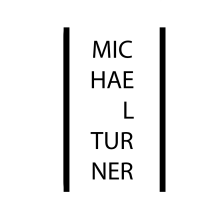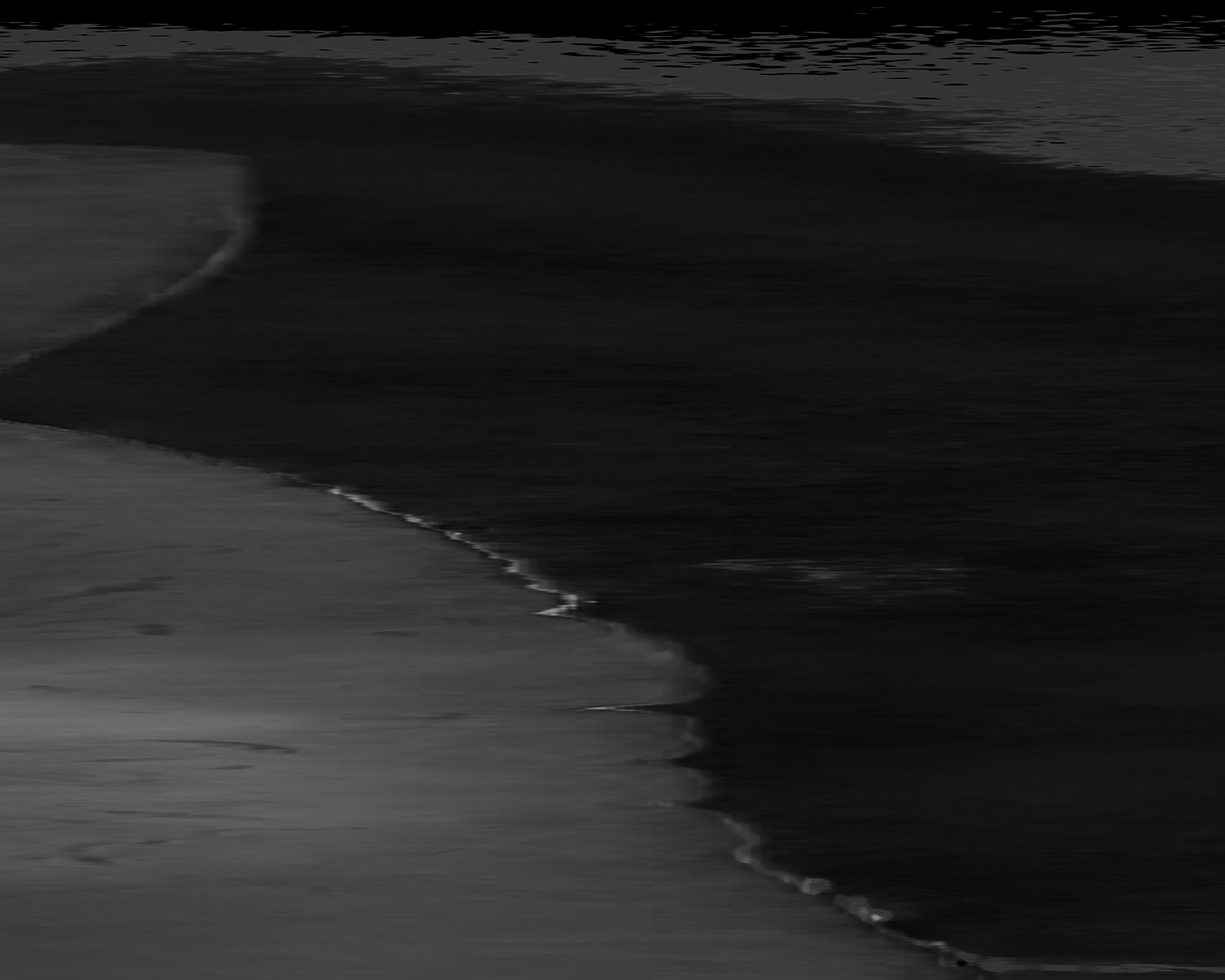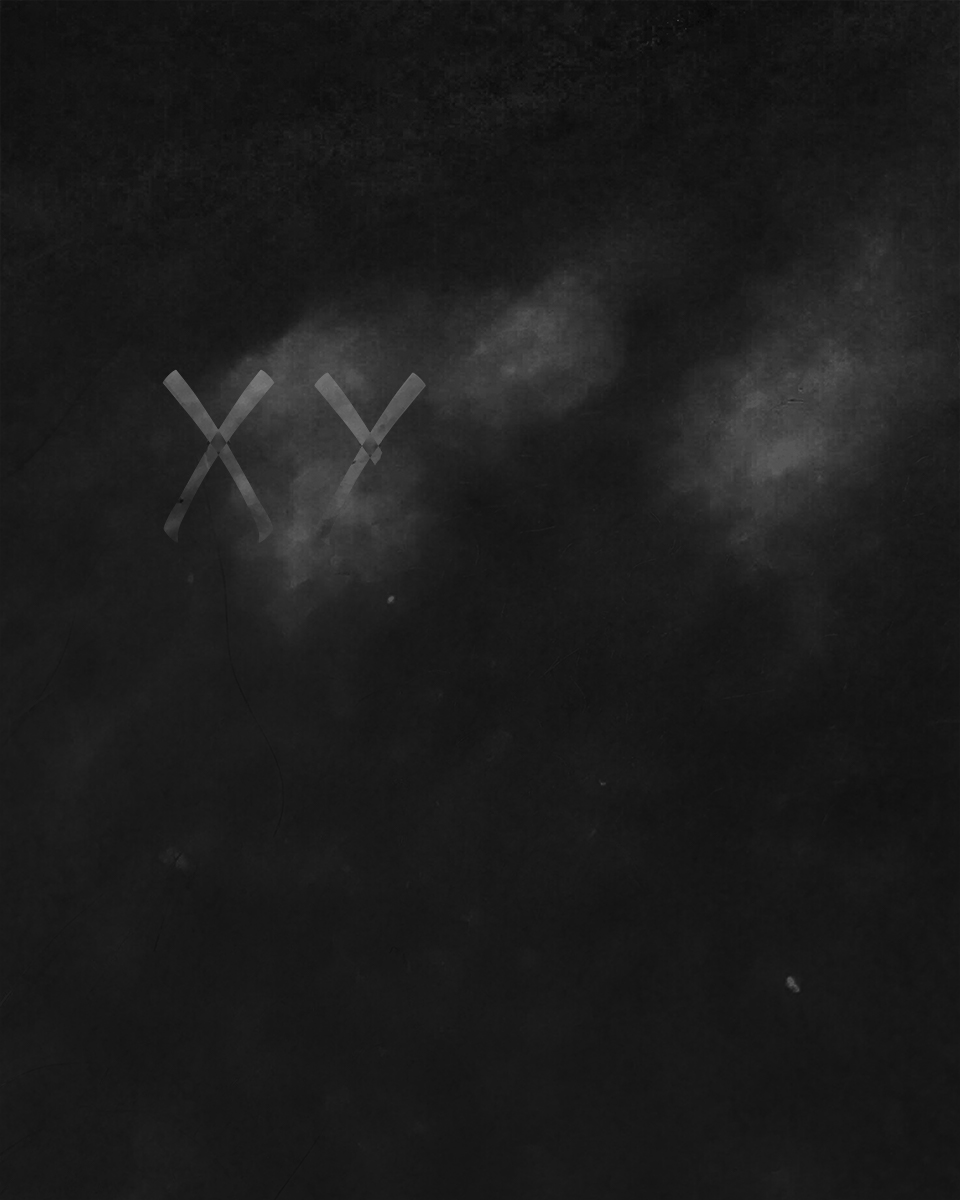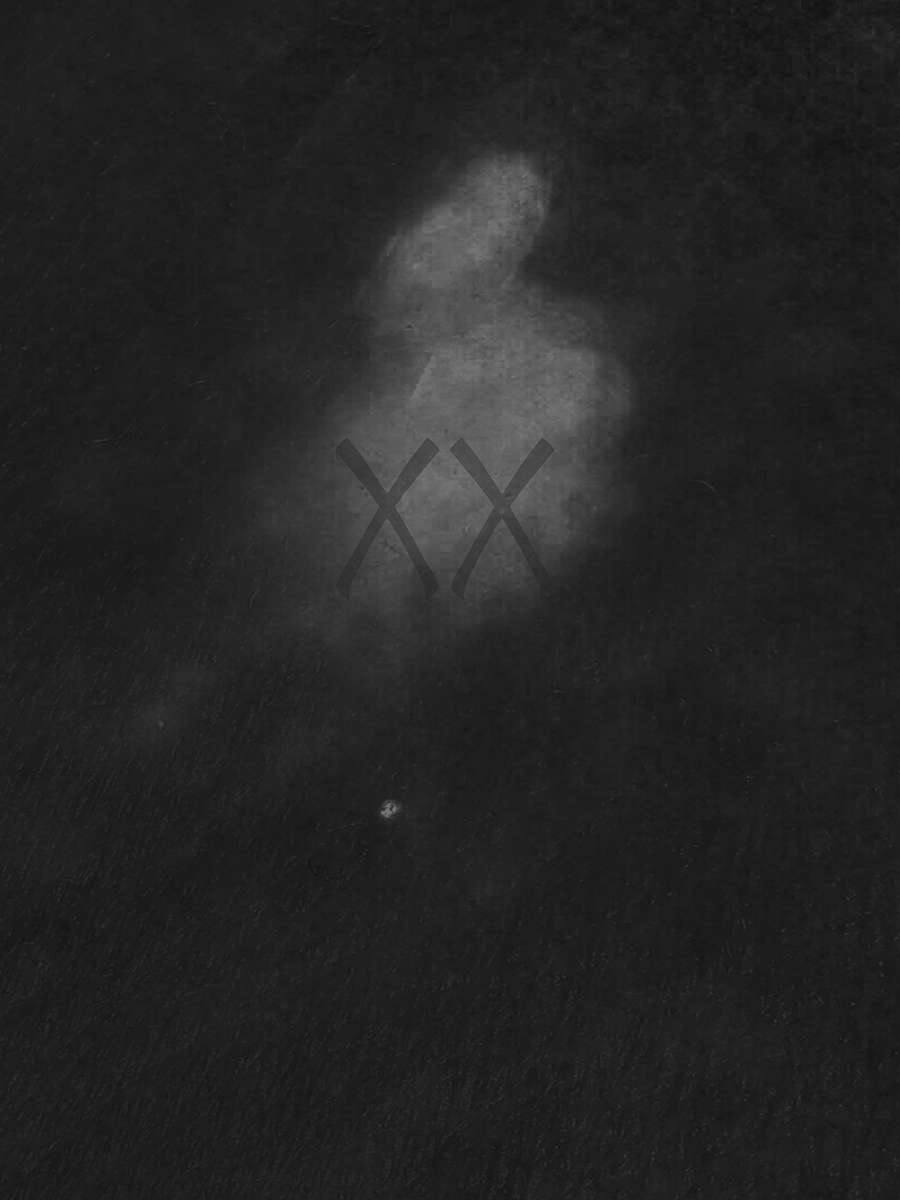Week 6 Resources: A Sea of Images
I started reading Mythologies by Roland Barthes and found interest in a chapter on Blind and Dumb criticism and have been pleased to start listening to an allied BBC production on 21st Century Mythologies for Omnibus. (Conrad, 2014)
Bibliography
Conrad, P. (2014) 21st Century Mythologies – Omnibus, Part 1 – [object Object] – BBC Sounds. Available at: https://www.bbc.co.uk/sounds/play/b04wy810 (Accessed: 24 March 2019).
Week 6 Webinar: Power Corrupts, Absolute Power Corrupts Absolutely
Okay, so this is an accepted truism, and while it might not be absolute, there is no shortage of corruption highlighted by the media. Insofar as the webinar was concerned, I was still away visiting the University and also saw no online invitations, but I may have been distracted in materiality and physical location with others from the course. I need to return to this to give it justice. I’ve recorded much already below, and it covers the example points proffered, but not wholly or exclusively. As I detect the possibility of repetition, I have to leave this and jump back to Week 9 or risk the ebb and flow of falling behind and catching up. I continue to organise and act to keep the course under control, for surely it needs it. I sense students as well as staff feel the pressures of this all year round commitment and still somehow find an overall life balance.
Week 6 Independent Reflection
Reflect on:
- Any ideas that particularly interested or challenged you.
- Whether or not your ideas have changed.
- How you assess ‘intimacy and distance’.
I’m challenged by the insistence on the West being a homogeneous entity as my opening position. The assumption of homogeneity gives a false realism and an impression of greater dominance than truly deserved.
The main change for me has been in paying attention to the past and raking up ideas of life in a former time left almost forgotten. Oddly, my project intent bridges across many of the middle years in which for example the magazine of the week has operated.
I’m not sure about intimacy and distance as I’ve yet to locate/relocate the quote. It is probably a graphic and not a text item. For me to process it is best to have all written presentation included as text. I’ll revisit the slides but there is a time penalty involved I cannot afford at present if I am to keep up / catch-up after time at the University as the course rolled on. As you can see I’m not a fan of texts being fragmented and showcased at different levels of storage particularly for a course with online delivery. I cry for modernisation which will not/cannot be realised, I guess.
Write a brief summary in your research journal, taking into account:
- How your practice may (or may not) be seen as adhering to a specific ideology.
- The potential impact of this given the subsequent meaning and reception your practice might attract. From whom?
- Any power negotiations within your own practice.
- Your practice in the context of other visual practices and theoretical points.
The ideology I adopt is that of connecting with my ancestral relations where I can still reach across living memory to those affected by war but who remained silent as now I realise gaps of people and lack of outpouring over loss of which I’m now aware. As a member of a diaspora and with direct familial connection I feel a certainty in describing my cause if it may be so called.
Already the work in both parts, a written narrative of academic standard and a visual work of growing independence, there is a drawing together of family divided and now a translation to a new generation. In this act I can gauge the degree of connectedness and discern the level of male cultural identification as opposed to biological inheritance. In the sea of images there is a place for narratives and art as substitute for pure dry historical record and especially as we live in a visual age.
There is again a certainty or solidity within practice that this work will endure with or without the MA Photography course, and I state this as plain fact rather than a rejectionist view. If I change practice, rather than sustain practice it will be a natural development from doing too much of the same and desire for change which I sometimes relieve by continuing to shoot on a broader front. The course MA Photography creates tension both helping along the professional development of practice which is much appreciated yet also through constraints and rules about production, best work that may have been completed by now becomes highly constrained by a set of production rules, which I go along with. Such is the educational awards system. It is not a complaint, more something to negotiate and a reason to be patient over and allow time for development to be realised. A shorter sharper intense MA of 9 months might have been more compatible with my practice. Nevertheless I aim to listen and absorb as much as possible for as long as I can sustain focus. No-one said this course would be easy and I would not want it to be, especially for true practice development. For those with an eye on value then how can we complain at receiving two years of full time education packed in so? There is a lot to be commended and challenges to be sustained.
In terms of other visual practices there is now a long known thing of my work being likened to paintings. Despite the differences we are familiar with, the one gap I have to be aware of is that painters can paint a floor to ceiling canvas as an art experience making as many small marks as they wish, but as my photographs are of miniature scale, the camera quickly runs out of pixels and so I adapt my work and introduce AI lately and other photographic techniques around lighting and microscopy at times to help maintain resolution at the art as experience painterly scale. Also, work on bodily glow is better presented much more effectively as light emitted rather than reflected. Later finding 20 light boxes for exhibition purposes could be a constraint on optimal presentation. I wonder if the university would help a campaign to have emitted light presentation methods in the IoP gallery space for example? The work at least demands wet C-type print methods.
I rapidly approached the point of obtaining enough photographs by widening scope from trauma to non-exclusively photographing physical memory through retention of contact pressure marks on the body – no injury required to record bodily glow and still connect to the past as physical manifestation. At last progress. During the quieter Winter months less was happening due to physical inactivity, I suppose. Now at the present level with 140 photographs from Week 2 to 7 and only a handful pressed into production – done to meet critique timescales and weekly webinar reviews. There has now been an advance in the digital darkroom. There is a form of mass production of groups of like photographs constructed into one massive image file at the start. With consistency in light during taking and application of identical processing steps across the set in digital processing I now work on five images at time. I got to this after using film and developing and scanning it at Falmouth. I’ve adopted the trial for digital. This could conceivably expand to 20 images at a time, and keep within file size limitations. This constitutes a new preprocessing step. The composite image is then divided back down into individual 5 x 4 tiles for crafting to be applied. There is less control at this stage, at present, as creative direction is taken from reading each image, but collocates start to abound. As I learn the craft even more and refine the outcomes to my intent I should find my preferred style and obtain the required edit. In retrospect I needed more to find consistent sets of images than fuss over handcrafting each stage of each image. So now white balance as one step is for the composite rather than individual images. Whilst technically there is a measurement difference, across images of consistency, there is little to argue and besides the final stage of crafting creates wide changes in direction of final appearance.
I only wrote so much on this point as it is a recent innovation in my practice that produces results and overall there is a freeing up to lend time to the creative processes standardising steps that adapt to standardisation without compromising work. At a simple level too I have gained control over storage and workflow and even have introduced discipline into auditing image heritage and end use. At the start of the course with fewer images they were easier to control informally, but as the enterprise has grown, so discipline and control have become necessary especially around deadlines.
This is still only a stage in the ongoing practice development and even now my original intent to layer in appropriate glyphs has begun to happen. There are some exciting decisions to make as I proceed towards image and text narrative. Currently I use call and response captions for effect. Now visual scope increases.
I should not forget the value add from the course most recently of advertising practice influences and as yet I do not know what more there is to follow in influential course content in the next 14 weeks duration, not to mention advances though ongoing crits.
Whether all this answers the question directly posed above or not, I am pleased to have been triggered into writing all this down as it marks for me personally a significant progress and I can now challenge and adapt my creative and production ideas.
Overall, I am pleased to be able to sustain balanced effort between learning and doing, continually making new examples of work within practice, and not forgetting to keep on shooting photographs across multiple genres as a way to sustain and remain motivated.
Week 6 Activity: And When I am Formulated, Sprawling on a Pin
I don’t have any problem with Grundberg particularly. 1988 is now a long time ago in relation to change in the world. In those days, no worldwide web, no globalisation, very little competition and very expensive air travel. It takes some focus to remember how it was, By then certainly, we had an Open University and so a growing empowerment of working people who before were excluded by class.
As I wrote in my blog, modern day Britain is an integrated multicultural society, more so than ever before. As such I see variety and am not inclined to be pressed into pigeon holing individuals by place, by race, by gender or religion. Also, of the 195 countries English is the most rapidly adopted language but even then only 1 billion in a world population 7.56 billion. What I’m saying is the West as such is not a dominant whole as we like to think but is an amalgamation of many things: many countries, languages, cultures. Amongst these remain cultural tensions like between nordic countries and that’s just one example.
Also as blogged, I have been in a highly visual state and need a break right now before piling back into creative image production, especially when catching up after a period visiting the University for workshops and weekend symposium as the course rolled on uninterrupted. I choose not to turn up unsettling images that lie best forgotten for me for now.
Week 6 Presentation: National Geographic – Representing, Re-Presenting, Reproducing
We talk of things National Geographic in much higher terms and language than the natural level of the matter itself. It seems therefore to be a concern relating to Western consciousness.
I neither flicked through nor read the National Geographic preferring to listen to articles of the digital subscription and then voted by not renewing. It was maybe for me a source of language experience. How I decoupled from the visuals is dumfounding now as a photographic student.
As for moving pyramids together then simple lens choice does this anyway, so why question positional adjustment by other means? Editorial intent seems to be what is found objectionable. For me my photographs are steered in the direction I pre-visualise and see. I am in control of my work, it is not left to the camera to fully determine.
The expression used by Baudrillard appears contorted or overly clever in processing a double negative as a positive. Such is the power of logic. The meaning could have been obscured by further layers of logic and result in the same assertion i.e. that the simulacrum is true. In line with Barthes Punctum, here I might suggest a new term the Stimulacrum. Don’t ask, as the well-intended comment will likely result in a long explanation (of book chapter proportions?).
Britain is a well integrated multicultural society, and as such it is difficult for me to imagine non Western people. The assumption of a Western people in its own right is not intended to deny people their heritage. In the worlds 195 countries, the fastest growing language, English, has only 980 million speakers. I do not perceive a Western dominant entity. I believe it true that genetically I may have greater similarity with people of Oriental descent than near neighbours of English descent. By such I resist being led into pigeon holing others as the lecture appears to insist.
National Geographic Society policy, I would view as a laudable objective. To maintain such would require constant and strong leadership over the decades and involve a level of editorial process that was formal and effective under publication deadlines. I think if you run such a complex venture then ideological control is going to be a constant challenge. If the drift was so immense why wait over a century to take issue with pictorial content. Besides change in the world is a constant and so perceptions from last century may have been suited to the audience and culture then and it would have been impossible to predict future intolerance. Magazines are largely disposable in public hands and destined for the waste. So to refer to the 1976 edition cannot be a norm as only major libraries would hold the copy and then it would be displayed mostly to an individual on special request. Is it in the past and time to move on?
As for my work, I make little of power relations but feel the pressure building to adopt such. If I were to liken loss of my ancestors to the means of Jewish communities in keeping alive the memory of the Holocaust, of which I have no problem, then in the background you could argue for my work, that I keep alive memory of the Scottish cause in the Great War, it being another mistake of self inflicted loss we must avoid. In representing a national cause if that is what my work takes on then as part of the diaspora I have a natural voice for this work. In truth we are talking about background influence and family as the initial audience.
My work being in the abstract is non representational. It is more a human biological connection down the generations that will terminate as females of the line, no longer happen to be born, as dictated by factors such as chance or through a preponderance of males.
Abstract expressionism is used to parallel narratives and so continuation of the gene is what is paramount.
How anthropology relates therefore is tricky. Are we to assume that subjects photographed object and hand unspoken complaint over to the west to wrestle with and tie itself in knots?
As for the exotic, do we reckon the subjects themselves believe they are exotic or perhaps the are merely down to earth folk? How do they view western photographers, maybe with excitement, enjoyment and fun? How wealthy are the visitors really? They can maybe afford to stay a while but the residents of the lands can stay indefinitely. And who is to say with all the complaint about modern living that the subjects by comparison experience a simpler, less stressful existence.
Surely in the West we are the ones slaved to society?
The stereotype I detect is expressed as academic or informed language. I’ve taken a turn away from the visual for now having been so immersed of late. Insofar as seeking out objectionable material, I prefer to let any such images rest for now. Also, I find a lot of roads lead back to American culture, again which I choose not to engage with, out of choice.
The May 1985 cover photograph of the Vickers Vimy is interesting as the aircraft depicted has a single prop, whereas the original aircraft had wing mounted props. I’m sure there is a rational explanation.
Week 6 Independent Reading: Decoding National Geographic
When the significant shift in a magazine’s presentation of photography has a timeline hidden a mixing in an archive presentation in a gallery, this act obscures progression. When aesthetic choices are made in curating an exhibition it then falls short compared to the presentation of that properly researched. This in critical context then undermines the value of the work. in the Grunberg article (Grundberg, 1998)There is a sense of the development of photography from black and white into the era of Kodachrome colour. At the exhibition at the V&A Museum of the RPS Archive collection there is a display that demonstrates by example the impact of the development of colour film in. a series of works that pop. The colour work is consistent and beautifully coloured almost as a croyon colour effect. I have a film camera loaded with some right now and am looking for an opportunity to shoot the roll and get to experience what it can do. I think this connects with my practice as parallel practice that informs the main body of work emergent.
Grundberg (ibid) indicates advice on curation regarding curatorial practice in particular over using archive photographs. When we create a Final Major Project FMP, we will be faced with the possibility of selecting archive work previously unpublished.
If I disagree with Grundberg, it is probably over the ease with which he adopts a popular mass culture perspective categorising American’s as having set charateristics especially over the consumption of coffee table magazines. He also engenders national competition indicating the Europeans did a better job over the Images of Bamum curated by Geary. Presumably there is a veiled point design to cause the US establishment react to consistently produce top notch work.
Another point affecting my work is the edit, being able to mix two themes of commemoration with celebration of life. They collocate but differ in photographic style.
Bibliography
Grundberg, A. (1998) ‘A Quintessentially American View of the World – NYTimes.com’. Available at: http://www.nytimes.com/1988/09/18/arts/photography-view-a-quintessentially-american-view-of-the-world.html?pagewanted=all.
Week 6 Module Leader Sessions
No Module Leader session rather a face to face critique was attended during the Falmouth Flexible Living Image week and weekend Symposium.
Week 6 Forum: Are You Drowning Yet
Reflect on the contexts which are open to disseminate photographs today, eg, print portfolio, book, magazine, Internet, zine and gallery.
I’m inclined to think outside of the box and have learned various approaches beyond the traditional contexts which have been the subject of an earlier module assignment. Also, to reduced repetition here is something new.
Virtual Environments
[A] 3D virtual environments
[B] 3D social environments
[C] Stereogram
[D] Interactive environments
[E] Pop up exhibition
[F] Model making
[G] Textile print
[H] Clothing
* Provide specific examples to support your comments.
[A] The possibilities scoped and cost and availability of tools have been checked out.
[B] As is my want and based on previous experience I have reentered the 3D world in Second Life. This is with the intent of creating a visual space for visual experience. Other viewer options have been experienced.
[C] For materiality 3D stereograms and cardboard viewer from the London Stereographic Company (of Brian May fame) work well enough.
[D] The context allows detection using sensors or interaction between exhibit and smartphone.
[E] Model making is another material approach. Instead of having to attend a gallery a folding miniature gallery space might be created but linked to an electronic device and /or a set of prints.
* Evaluate their success or failure.
[A] Image quality image problem and fiddly so not for all.[B] Proven by the Victorians and a personal favourite of mine, this is a great way of inducing visual exploration. Instead of the eye resting it is free to roam directing gaze at will picking out detail.
* Outline how each context might ‘assign new meanings’ to the work.
* Identify and reflect on ways in which this might inform the optimal context for viewing your own practice.
Comment on the posts of your peers throughout the week as you consider the content of the presentations. Continue to refine and evaluate your own practice and prepare for the webinar.
Week 6 Introduction: A Sea of Images
What ‘ordinary’ images you make.
Being pedantic here I’ll answer in full knowledge of the difference between made images and photographs.
Amongst other things the eye has become trained in seeing the mundane. Especially unique passing scenes not to be repeated and subjects taken from a different perspective. Ordinary pictures are the preserve although not exclusively, of the smartphone. With a DSLR camera it has the power to remind to make something of deemed significance or art.
An ordinary image though, would start out as more or less any photograph without title, captioning or hashtag or other material context. To each individual reader a fleeting personal meaning perhaps yet what of making common, where author intent is tuned into or partially tuned into by the reader. Most images start out as ordinary yet through the application of effort, those kept images those ordinary images for which there is some projected intent, through refinement and planned development and imagined context they become transformed and start to leave the realm of the ordinary.
How important a ‘mass existence’ is over a ‘unique existence’.
Who am I to judge the multiplicity of readings? Mass existence helps make common, and as cultural references develop they allow us to start communicating. Unique seems desirable but can place the work as other or niche and the work lend itself to adverse criticism, notoriety, an example of poor practice, that to be avoided and best not replicated.
Much changes over time so with mass existence there seems to be an implication of the contemporary.
How a reproduction can reach us in ‘our own situation’ today.
In a multitude of ways and in newly evolving ways.there
Whether or not you recycle and reproduce any cultural myths.
Is it still possible to be original?
How is it possible to know completely, and how self-aware are we? I’ve tried hard and no matter how hard, inevitably a discovery is made and so one learns not to be disappointed. Areas of taboo may be ripe for “exploitation”.
As much as ego drives originality discovery can readily prove the new idea to have been replicated elsewhere. There is scope for originality through technological innovation – at least that is my hope.


















